The Mighty Lion’s Surprising Cousin

You might think lions only hang out with other African cats, but they’re actually closest to jaguars! These two powerhouses split from the same ancestor around 4.5 million years ago. While lions rule the savanna with their social prides, jaguars dominate South American rainforests as solitary hunters. Both species share incredibly strong bite forces that can crush bones, making them apex predators in their respective territories. What’s really mind-blowing is that a jaguar’s bite is actually stronger than a lion’s, pound for pound.
Tigers and Snow Leopards Share Ancient DNA

Here’s something that’ll shock you: the massive Bengal tiger and the fluffy snow leopard are practically siblings in the cat family tree. They diverged only about 2.9 million years ago, which is recent in evolutionary terms. Snow leopards kept their thick fur and compact build for mountain living, while tigers grew massive for jungle dominance. Both species are solitary hunters who prefer ambush tactics over long chases. You can still see their shared heritage in their facial structure and the way they both love water, unlike most cats.
Cheetahs Aren’t Actually Big Cats

Plot twist: cheetahs belong to a completely different branch of the feline family tree! While we think of them as big cats, they’re actually more closely related to your house cat than to lions or tigers. Cheetahs can’t roar like true big cats – they chirp, purr, and meow instead. Their evolutionary path split from other cats about 6.7 million years ago, developing their unique speed-focused anatomy. This explains why cheetahs have semi-retractable claws like dogs, rather than fully retractable ones like other cats.
Pumas and Jaguarundis Are Unexpected Relatives
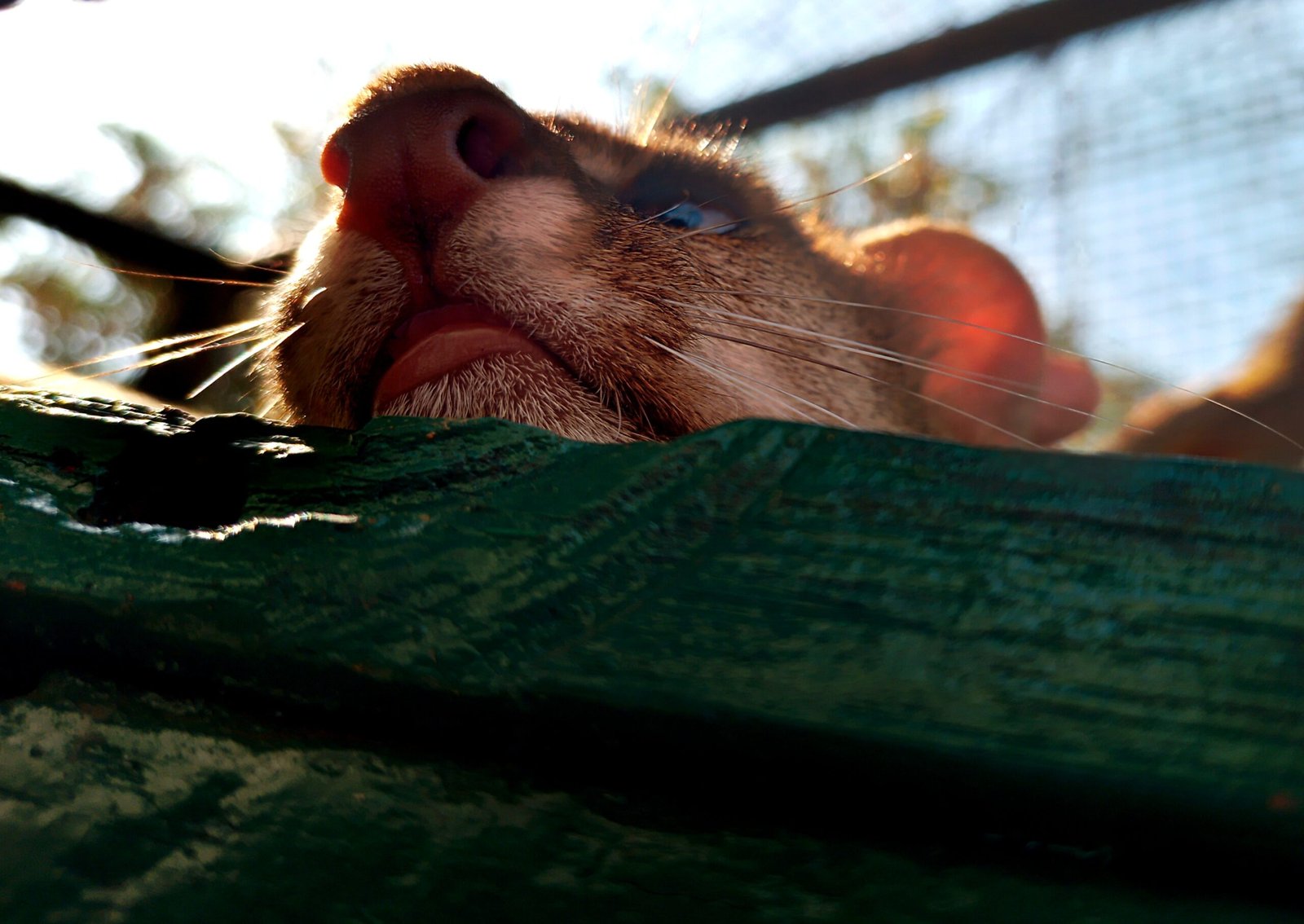
The sleek mountain lion and the weird, otter-like jaguarundi are actually close cousins, sharing ancestors from just 4.9 million years ago. While pumas became powerful ambush predators capable of taking down elk, jaguarundis stayed small and weasel-like. Both species have incredible adaptability, with pumas living from Canada to Chile and jaguarundis thriving in diverse habitats. Their shared genetics show up in their similar skull structure and hunting instincts. It’s like nature took the same blueprint and created two totally different cats.
Leopards and Jaguars Split the World
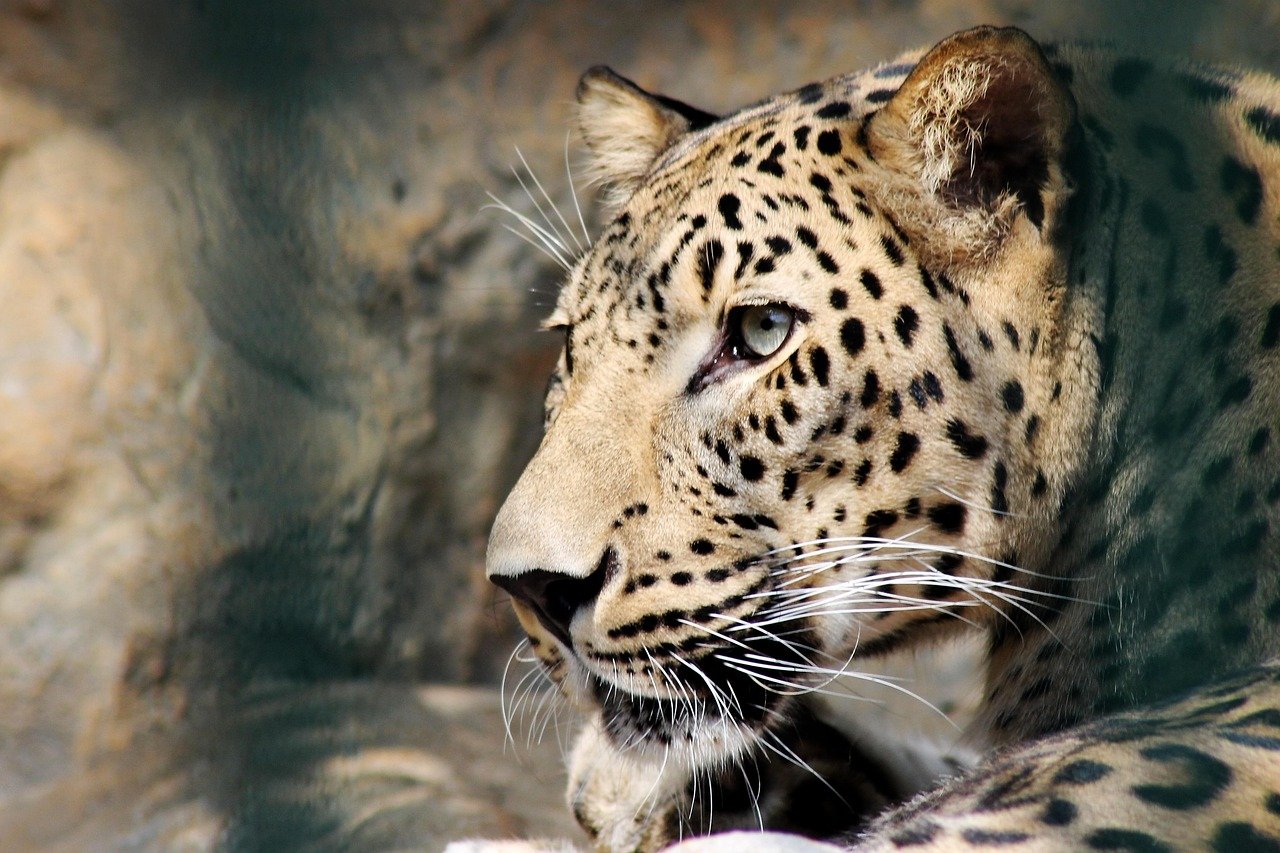
Leopards and jaguars are so closely related they could probably swap places if they met millions of years ago. These spotted hunters diverged around 4.2 million years ago when their ancestors got separated by geography. Jaguars ended up in the Americas and became stockier with stronger jaws for crushing turtle shells and caimans. Leopards spread across Africa and Asia, developing incredible climbing skills and adaptability. Both species are known for their stealth and power, but jaguars pack more punch per square inch in their bite.
The Clouded Leopard’s Ancient Lineage
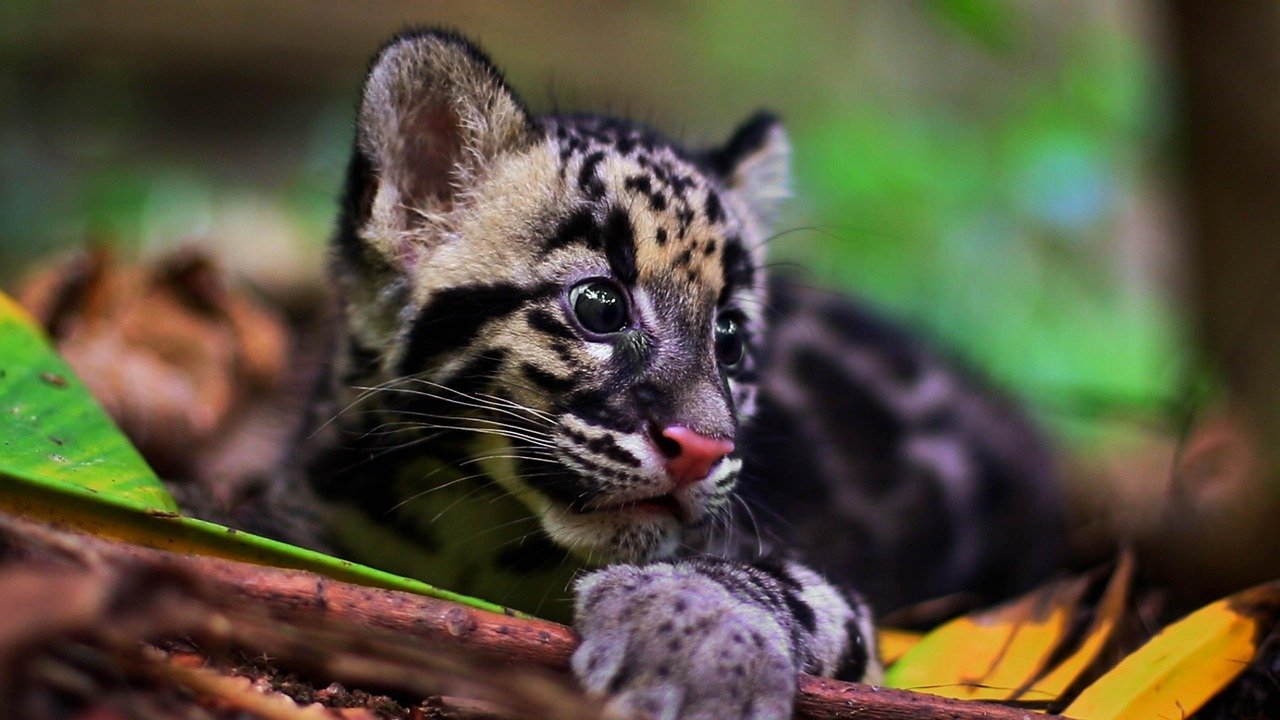
Clouded leopards are living fossils with a family tree that stretches back 9.32 million years, making them one of the oldest big cat lineages. These mysterious cats have the longest canine teeth relative to body size of any living feline – almost like saber-toothed tigers! They’re incredible climbers who can hang upside down from branches and rotate their ankles 180 degrees. Despite their name, clouded leopards aren’t closely related to regular leopards at all. Their unique genetics make them a bridge between big cats and smaller wild cats.
Lynx Species Form Their Own Exclusive Club
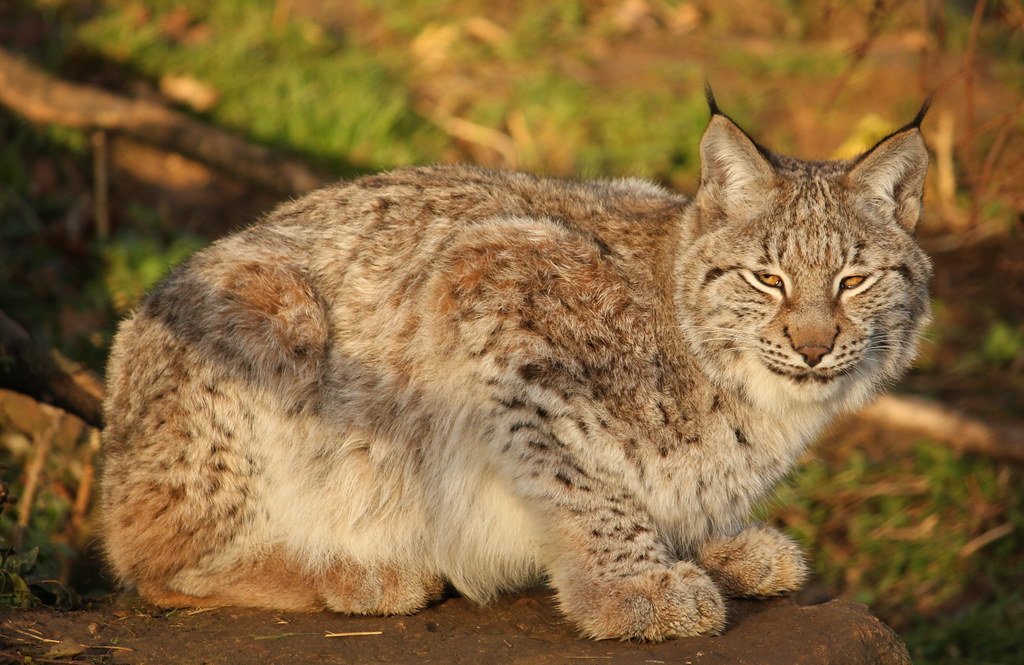
All four lynx species – Eurasian, Canadian, Iberian, and bobcats – form their own tight-knit family group that split from other cats about 7.15 million years ago. These tufted-ear beauties all share similar hunting styles and prey preferences, mainly focusing on rabbits and hares. Their oversized paws work like natural snowshoes, helping them navigate winter terrain better than other cats. What’s fascinating is how they’ve adapted to different climates while keeping their core lynx characteristics. Even the bobcat, which looks quite different, shares crucial genetic markers with its northern cousins.
Servals and Caracals Are African Twins

The long-legged serval and the tufted-ear caracal might look totally different, but they’re actually sister species that diverged just 5.4 million years ago. Both cats developed in Africa’s challenging environments, but took different evolutionary paths. Servals became grassland specialists with incredible hearing and jumping abilities, while caracals adapted to drier regions with superior climbing skills. Their shared ancestry shows up in their similar hunting instincts and territorial behaviors. Both species can leap vertically up to 10 feet, showing their common athletic genes.
Sand Cats and Black-Footed Cats Share Desert Secrets
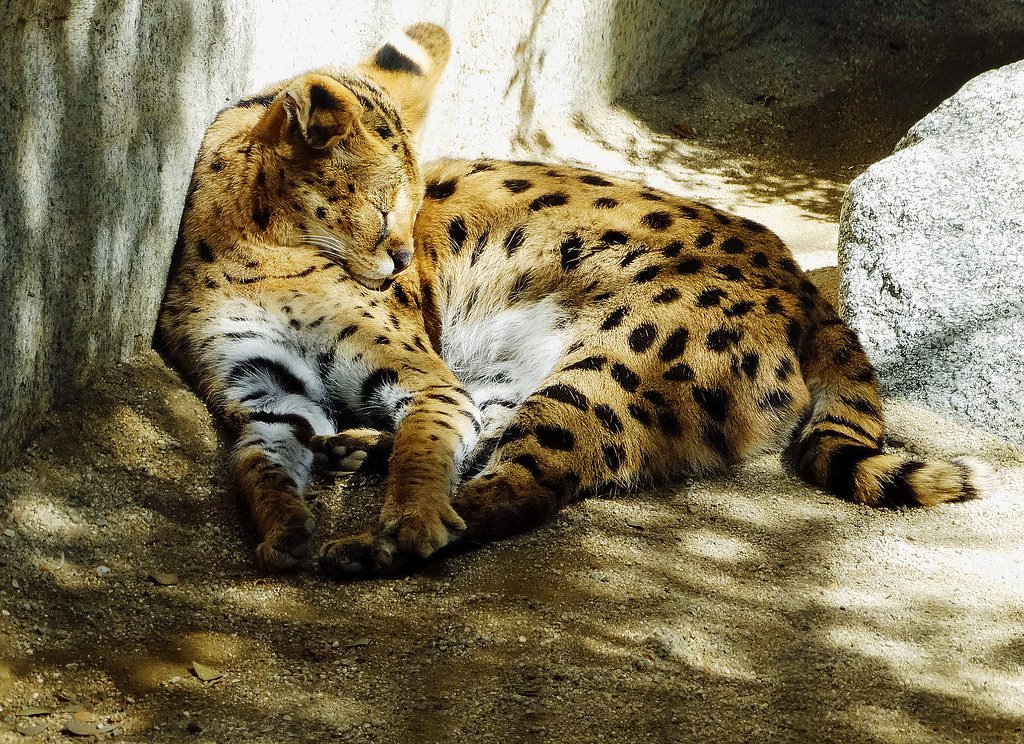
These two tiny wild cats prove that size doesn’t determine family relationships in the feline world. Sand cats and black-footed cats split from the same ancestor around 5.95 million years ago, both developing incredible desert survival skills. Black-footed cats became Africa’s deadliest hunters with a 60% success rate, while sand cats mastered the art of living without drinking water. Both species have fur-covered paw pads that protect them from hot sand and cold ground. Their shared genetics include exceptional night vision and the ability to survive in extreme temperatures.
Pallas’s Cats Are Living Time Capsules
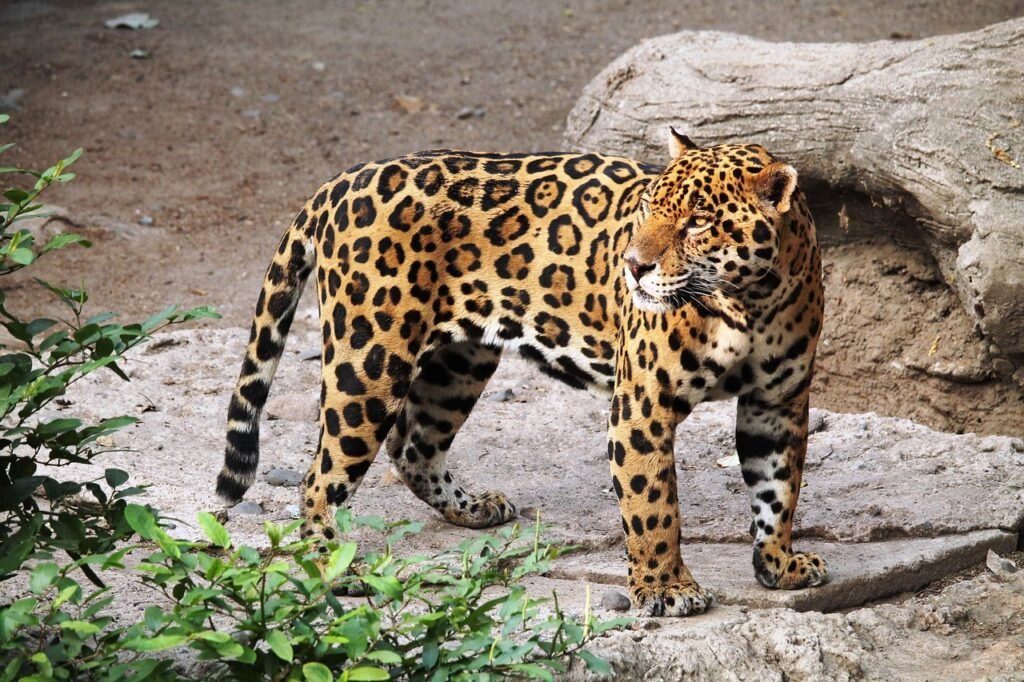
The grumpy-looking Pallas’s cat, or manul, represents one of the oldest small cat lineages, splitting from other cats about 9.4 million years ago. These fluffy mountain dwellers have remained virtually unchanged for millions of years, like living fossils. Their round pupils are unique among small cats, and their extremely dense fur makes them look much bigger than they actually are. Pallas’s cats are so genetically distinct that they struggle to breed with domestic cats, unlike most other small wild cats. They’re basically the cranky grandparents of the entire cat family tree.
Ocelots and Margays Rule the Rainforest

These spotted South American beauties are part of a specialized group that evolved specifically for jungle life about 8.5 million years ago. Margays are like the acrobats of the cat world, able to rotate their ankles and climb down trees headfirst like squirrels. Ocelots became the perfect mid-sized predators, filling the gap between small cats and jaguars. Both species have incredible pattern recognition and can mimic monkey calls to lure prey. Their shared evolutionary history shows in their similar spot patterns and preference for dense forest habitats.
Domestic Cats Come from Wild Ancestors

Your fluffy house cat shares 95.6% of its DNA with tigers, proving just how recently all cats shared common ancestors. Domestic cats descended from African wildcats around 9,000 years ago, making them relative newcomers to the feline family tree. Despite thousands of years of breeding, house cats retain most of their wild instincts and behaviors. They can still interbreed with several wild cat species, showing how close these genetic relationships remain. This connection explains why your tabby still acts like a fierce predator when hunting that red laser dot.
Did you ever imagine that the purring ball of fluff on your couch shares so much DNA with the king of the jungle?
Hi, I’m Bola, a passionate writer and creative strategist with a knack for crafting compelling content that educates, inspires, and connects. Over the years, I’ve honed my skills across various writing fields, including content creation, copywriting, online course development, and video scriptwriting.
When I’m not at my desk, you’ll find me exploring new ideas, reading books, or brainstorming creative ways to solve challenges. I believe that words have the power to transform, and I’m here to help you leverage that power for success.
Thanks for stopping by, Keep coming to this website to checkout new articles form me. You’d always love it!






